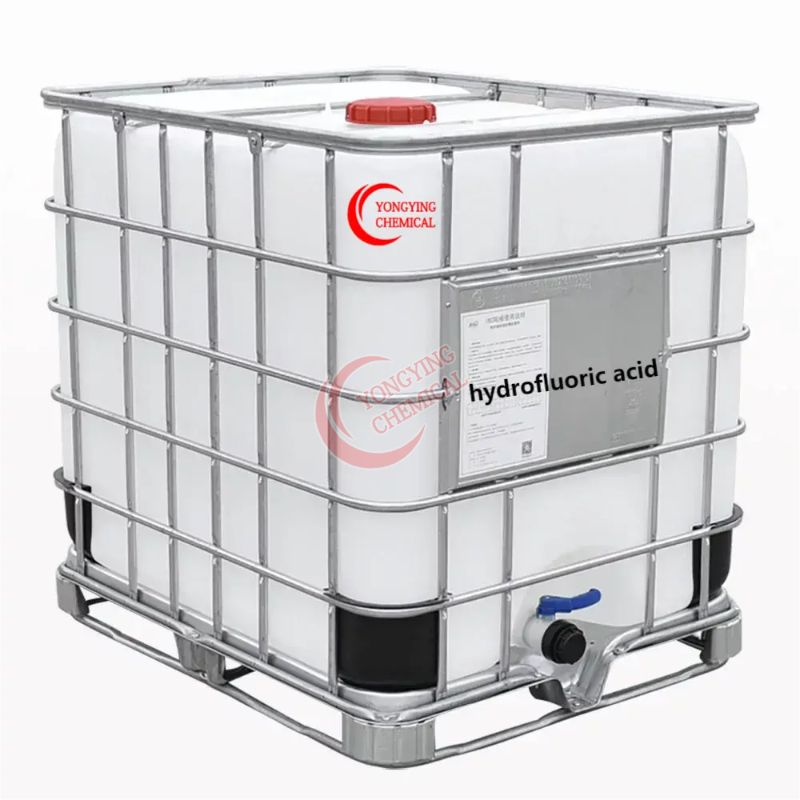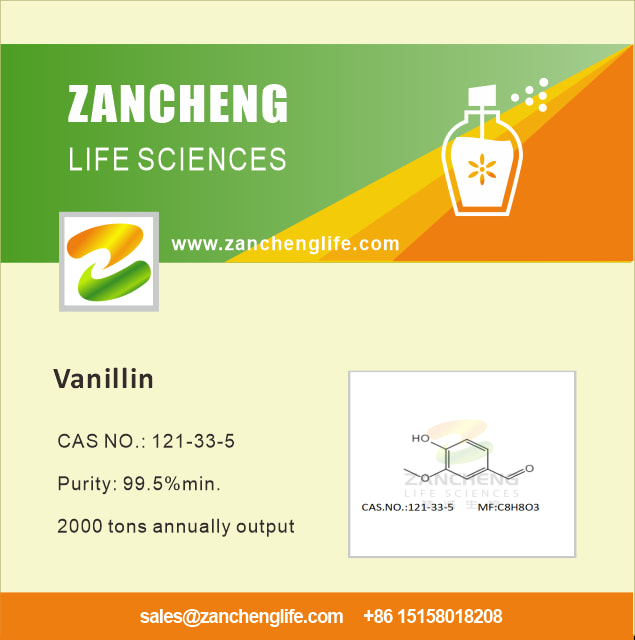What are the viscosity characteristics of hydroxypropyl methylcellulose?
A brief introduction to hydroxypropyl methylcellulose aqueous solution: The English abbreviation HPMC is a non-ionic, water-soluble cellulose ether, which appears as a white or light yellow powder or granular substance. It is tasteless and odorless, and has stable chemical properties. It forms a smooth and slightly transparent viscous liquid in water.
The excellent thickening properties and water retention properties of hydroxypropyl methylcellulose make its application in the construction industry not to be ignored. Now let’s talk about the viscosity characteristics of the aqueous solution of hydroxypropyl methylcellulose.
What are the factors that affect the viscosity of hydroxypropyl methylcellulose aqueous solution?
1.Relationship with polymer: The viscosity of hydroxypropyl methylcellulose aqueous solution is directly proportional to the polymer or molecular weight, and increases with the increase in polymerization degree. This effect is greater in the case of low polymerization than in the case of high polymerization. more obvious.
Unlocking the Benefits of Styrene Butadiene Rubber Latex
How Does Lithium Battery Technology Work?
Enhancing Turf Performance with SBR Latex Solutions
Magnesium Carbonate vs. Other Supplements: Which is Better?
Unlocking Benefits of Magnesium Oxide: A Complete Guide
Discovering Magnesium Carbonate Compound: 2024 Insights
Choosing the Best Artificial Grass Backing for Durability
2. The relationship between viscosity and concentration: The viscosity of hydroxypropyl methylcellulose in aqueous solution rises as the concentration of the aqueous solution increases. Even small changes in concentration can cause large changes in viscosity.
3. The relationship between viscosity and temperature: Hydroxypropyl methylcellulose is greatly affected by temperature. As the temperature increases, the viscosity decreases.
4. The relationship between viscosity and shear rate: The test shows that there is no obvious change in hydroxypropyl methylcellulose at low shear rate, and the viscosity decreases as the shear rate increases.
5. Influence of other factors: The viscosity of hydroxypropyl methylcellulose, various additives, solution, and pH value also have an impact.
Styrene-Butadiene Rubber Powder Trends 2024
What factors influence MHEC powder purchasing decisions?
How Can HPMC Enhance Dry Mortar Performance for Users?
Unlocking Benefits of Industrial Grade Magnesium Hydroxide
Applications and Benefits of High Purity Symmetric Dimethylurea
Unlocking 1,3-Dimethylurea: Enhancing Coatings & Resins
Understanding Heavy Magnesium Carbonate 0.25-0.65g/ml: Uses and Benefits
- Previous: None
- Next: What are Applications of Hydroxy Ethyl Cellulose (HEC)?





